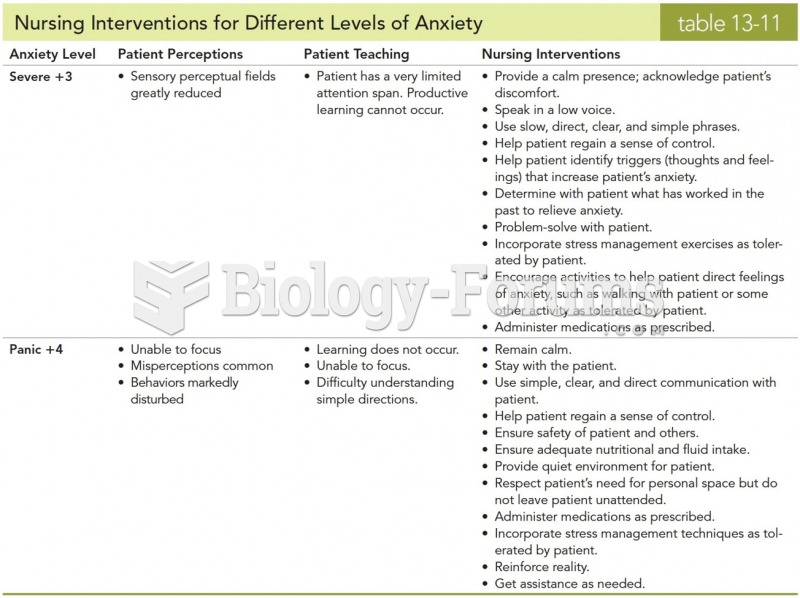This topic contains a solution. Click here to go to the answer
|
|
|
Did you know?
Calcitonin is a naturally occurring hormone. In women who are at least 5 years beyond menopause, it slows bone loss and increases spinal bone density.
Did you know?
Warfarin was developed as a consequence of the study of a strange bleeding disorder that suddenly occurred in cattle on the northern prairies of the United States in the early 1900s.
Did you know?
More than 4.4billion prescriptions were dispensed within the United States in 2016.
Did you know?
There are more bacteria in your mouth than there are people in the world.
Did you know?
Excessive alcohol use costs the country approximately $235 billion every year.







